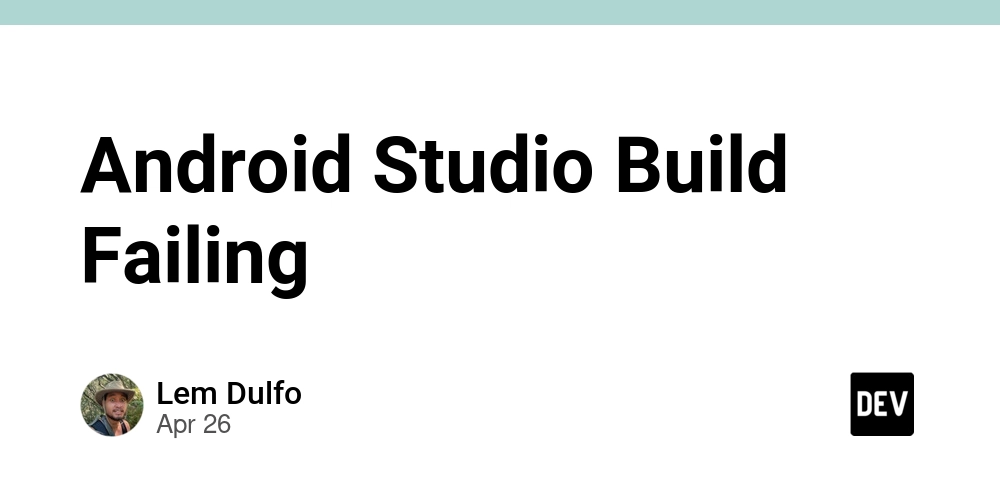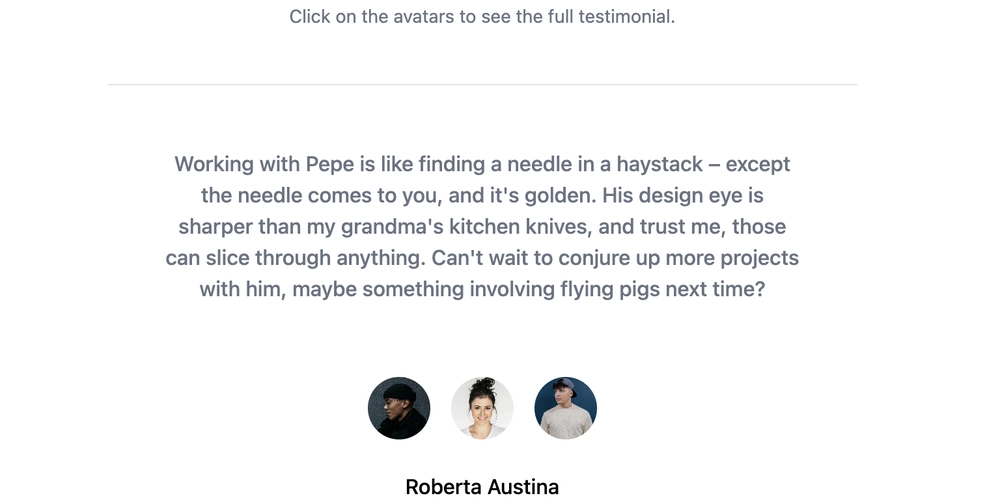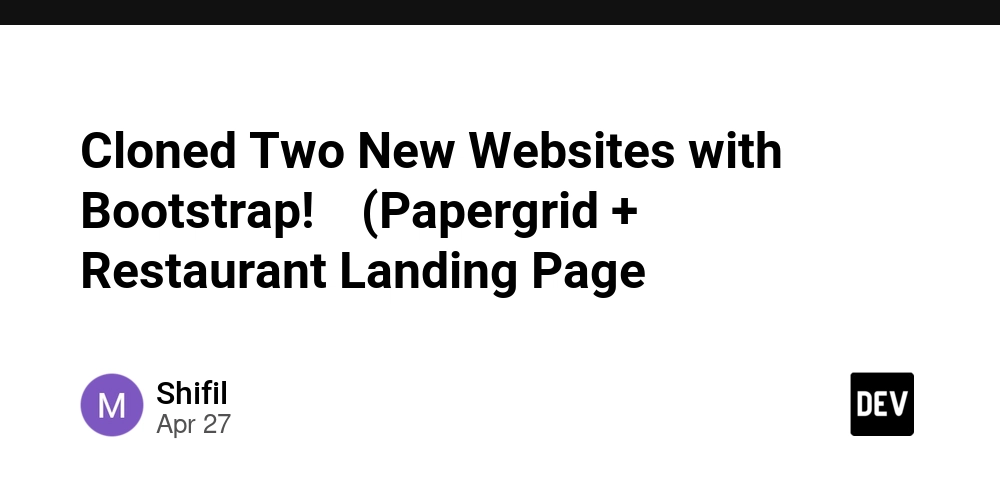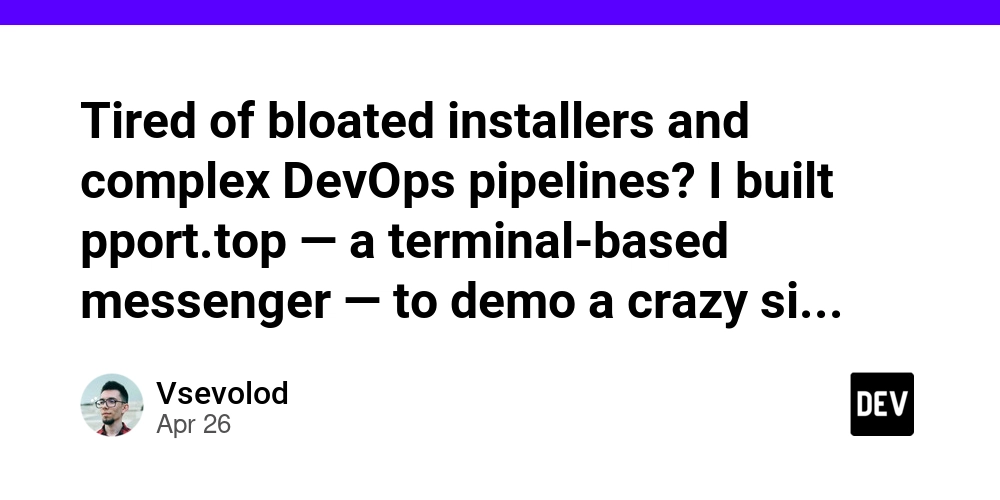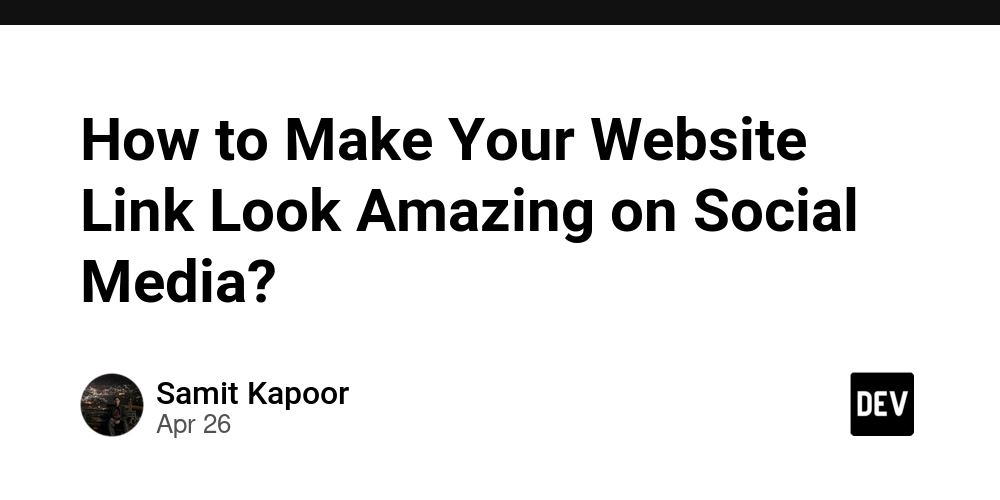
Build an AI Team: A Step-by-Step Guide Using Google ADK and Meta Llama
Want to build your own AI-powered team? Google's Agent Development Kit (ADK) provides a flexible framework for creating real-world agents. This guide shows you how to set up a multi-agent system, integrate tools like Tavily and Exa, and leverage powerful LLMs like Meta Llama and Nemotron-Ultra-253B-v1 from Nebius AI Studio.
What is Google ADK?
Google's ADK is a model-agnostic and deployment-agnostic framework designed to streamline agent development. It allows you to create, deploy, and orchestrate agent workflows efficiently. If you need to stitch together tools, models, and APIs into production-grade agent workflows, ADK is for you.
Essential Tools for Your Multi-Agent System
Our system taps into the power of the following tools and platforms:
- Nebius AI Studio: Empowers efficient AI application deployment and scaling with a range of open-source models, including Llama 3.1 and Nemotron Ultra 253B. Its flexible pricing and scalable infrastructure make it ideal for building and tuning AI applications.
- Meta Llama 3.1: A family of large language models (LLMs) optimized for multilingual dialogue. Llama 3.1 models are instruction-tuned and suitable for tasks like text generation and summarization. It is also equipped with function/tool calling capabilities.
- Nemotron Ultra 253B v1: An NVIDIA-developed LLM fine-tuned for advanced reasoning and tool calling. Optimized for high-performance hardware, it is suitable for complex reasoning, math, and tool integration.
- Tavily: A search engine tailored for LLMs that provides real-time, accurate, and unbiased information. Tavily simplifies the integration of dynamic web information into AI solutions with a single API call.
- Firecrawl: Transforms entire websites into LLM-ready formats, like markdown or JSON. It crawls accessible pages and offers features like scraping and data extraction.
- Exa: Enhances AI agents' search capabilities by combining semantic and keyword search for precise information retrieval. It finds similar pages, extracts clean HTML content, and provides direct answers.
Understanding Agent-to-Agent (A2A) Protocol
The Agent-to-Agent (A2A) Protocol facilitates seamless communication and collaboration between AI agents. It uses standardized metadata (Agent Cards) and structured messaging to enable agents to discover each other's capabilities and coordinate tasks.
Crafting Your Sequential Agent Workflow
We explore AI trends using a SequentialAgent workflow consisting of:
- ExaAgent: Searches for the latest AI news on Twitter/X using Exa.
- TavilyAgent: Retrieves AI benchmarks and statistics from artificialanalysis.ai using Tavily.
- SummaryAgent: Combines and summarizes the findings from ExaAgent and TavilyAgent.
- FirecrawlAgent: Scrapes content from the Nebius AI Studio homepage using Firecrawl.
- AnalysisAgent: Identifies trends and recommends relevant AI models based on the gathered information.


